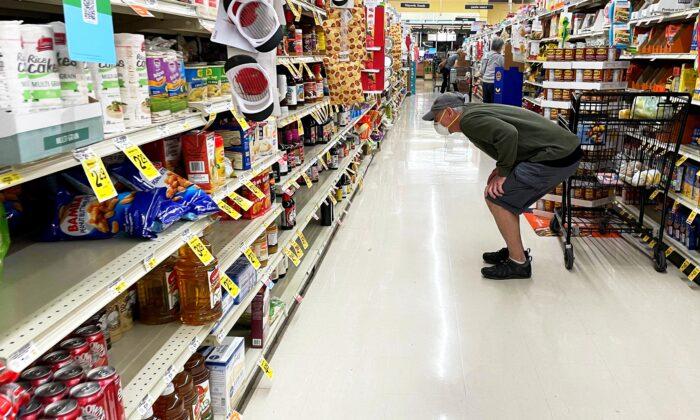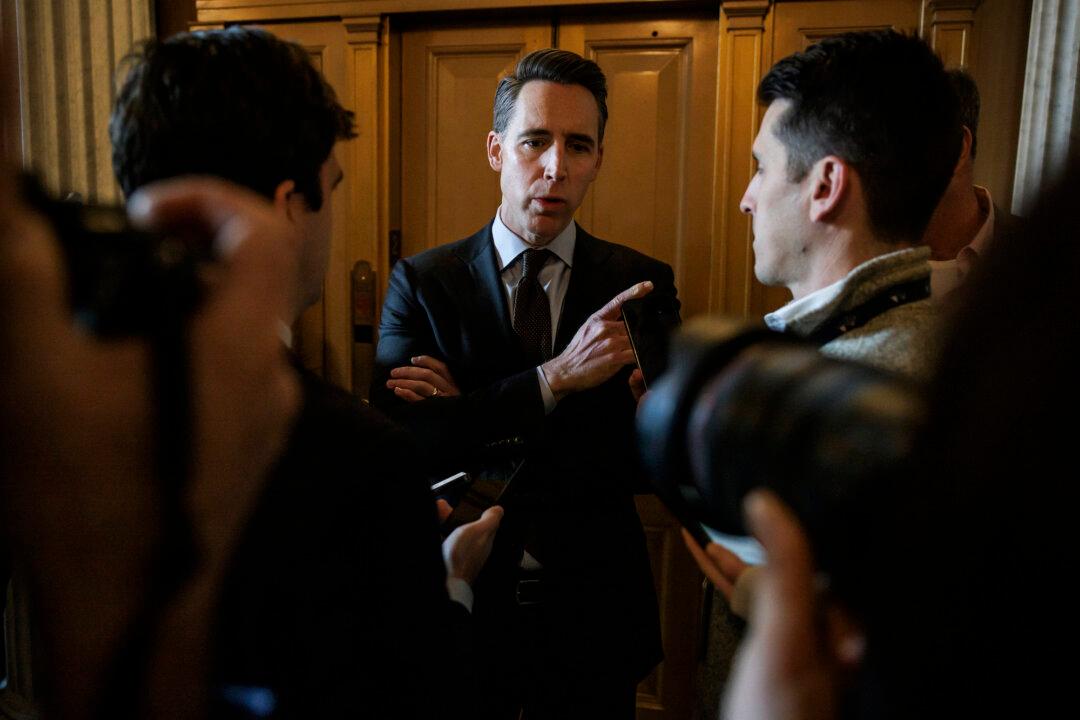The U.S. economy will not return to inflation levels seen prior to the COVID-19 pandemic, according to expert Jim Bianco.
“We’ve entered a new economy, we’ve entered a post-COVID economy, it is not like the pre-COVID economy,” Bianco said, adding that more people working from home and various other things have “fundamentally changed this economy.”
“We don’t want to recognize that, we want to have an argument as to whether or not the economy has changed,” he added.
Bianco said that people are still waiting for the economy seen in 2019 prior to the pandemic to return but said he believes this simply will not happen.
“Whatever it was pre-2019, don’t even send that to the economic department, send that to the anthropology department, they could study that history. We are now looking at what is 2024, 2025, and 2026 going to look like, and it is different from 2019,” he said, adding that he believes the economy going forward will have more “frictions,” “on-shoring,” and more labor shortages.
Inflation Just ‘Transitory’
Biden administration officials including Treasury Secretary Janet Yellen have downplayed the risk of a recession in the United States and repeatedly claimed that soaring prices are just “transitory.”However, Bureau of Labor Statistics data published in July showed that inflation reached 9.1 percent in June, a figure not seen since the early 1980s.
Increased costs are being driven predominantly by higher prices for transportation, energy, food, and accommodation.
“Transitory is a word that you’re not allowed to say in economics but everybody still believes it,” Bianco said on Friday, pointing to forecasts showing the inflation rate going down to 2 percent and staying there, in line with the central bank’s goal.
“Everybody still believes this is temporary inflation and not something more permanent, and that’s going to be the question for the rest of the year,” he added.
Bianco’s comments come after the central bank raised interest rates by 75 basis points for the second time in a month in July.
The Federal Reserve’s Federal Open Market Committee is next set to meet between Sept. 20–21.






Friends Read Free